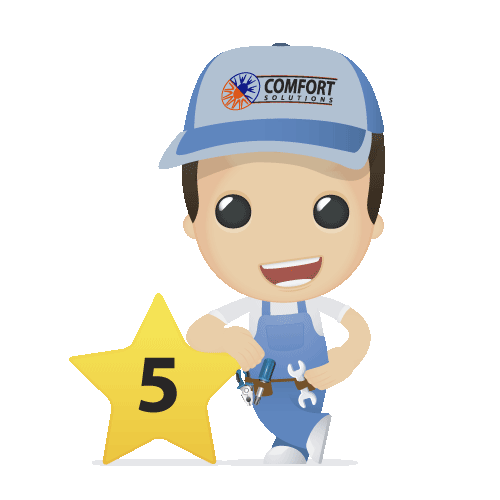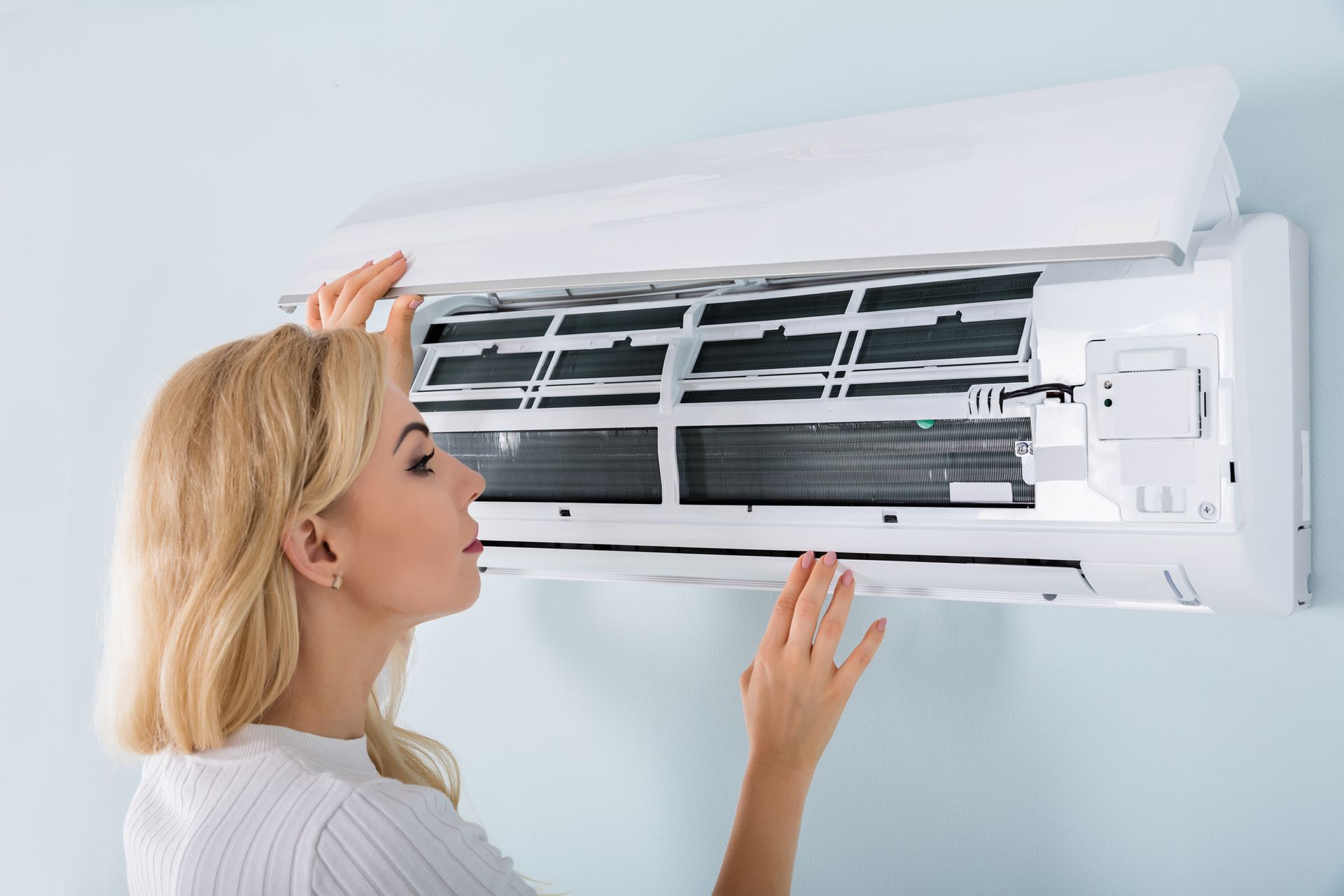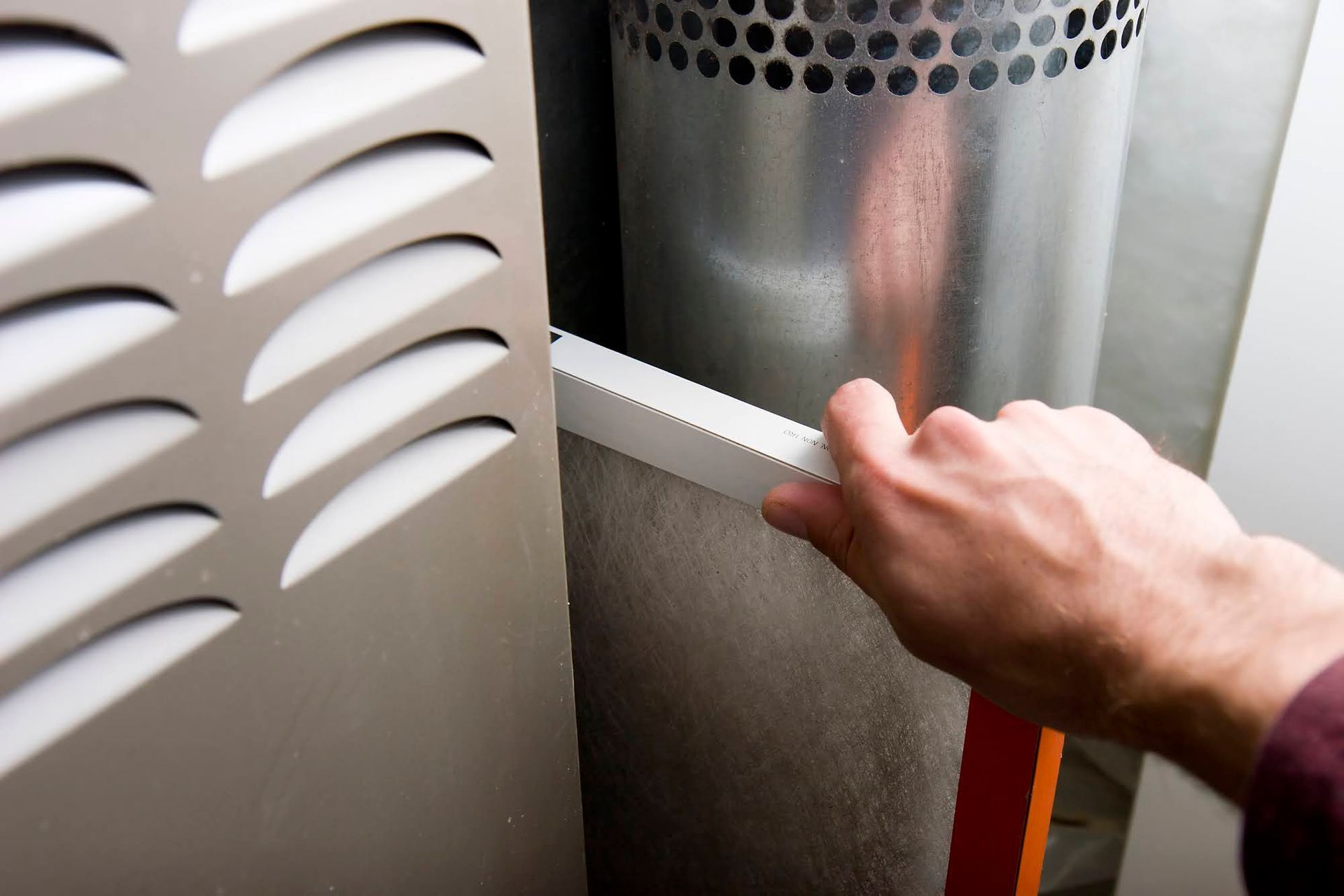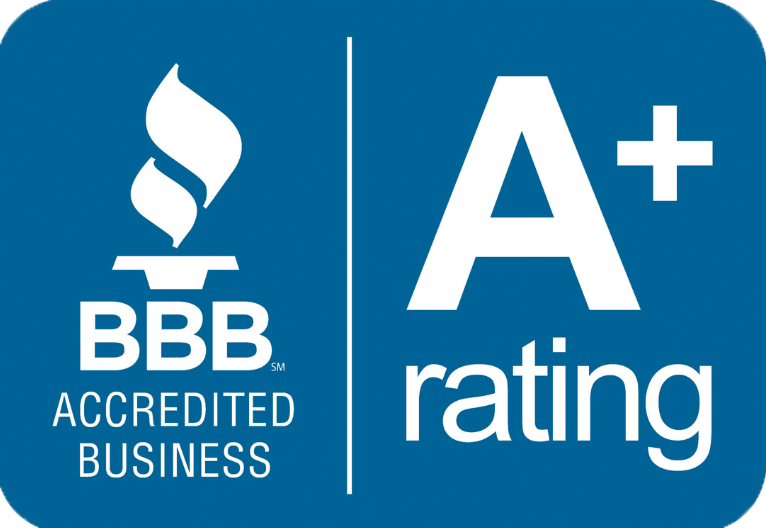5 Ways to Cut Cooling Costs This Summer
Most people love to stay cool and dry in the summer. However, nobody likes the huge power bills that result from achieving such luxurious comfort. Fortunately, there are several ways to beat the heat without breaking your budget. Here are five tips to maintain your chill and your resources.
1. Fortify Your Castle
Winter and spring wreak havoc on homes. Damage from snow, ice, freeze-thaw cycles, and rodent intrusion can leave cracks and crevices all over the exterior of your structure. Any gaps in your structure allow cold air to leak from your home like water from a sieve.
Check your home and repair the leaks, or ask professionals to point out problems if you're unsure. Your HVAC professionals can perform a simple energy audit of your home to see where there are challenges to your air conditioning system's performance.
Check
for openings:
- At the foundation
- Around the frames and panes of windows
- Under and over the doors
- Around the door frames
- At the vent and chimney joints
- Around the edge of the roof line
Block cool air from escaping your home by fortifying the thermal envelope of the structure. Seal or caulk framing, foundation, and roofline cracks. Add insulation to attic rafters and exterior walls if they have inadequate thermal protection. Use heat-blocking window treatments on south- and west-facing windows to reduce solar heat gain through the glass.
2. Move Your Thermostat
If your thermostat is located in the wrong place, your air conditioning system will cycle more often than necessary. Any sunlight that lands on your thermostat increases the heat reading. The heat triggers the air conditioning system to start running even when the house is cool enough.
Other factors can make the thermostat send the wrong message to your cooling system. If the thermostat is located near an oven, lamp, computer equipment, or a flat-screen television, it will be affected by the heat from the appliances and devices. Your air conditioning system will work to keep up with the demands of the heat of the appliance while over-cooling the rest of your home.
Have your HVAC professionals move your thermostat to a better location if sunlight or other heat sources are sending your air conditioning into overdrive. The best place for your thermostat is on an interior wall in a room that is used regularly by members of the household.
3. Go Higher for Savings
It's convenient and satisfying to crank the thermostat down to 65 degrees Fahrenheit on a hot day. However, you have to consider the long-term results of blasting your air conditioner at a very low temperature. Higher electric bills and a shorter HVAC lifespan are the outcomes of running your air conditioning on settings that are too low.
Resist the temptation to lower the thermostat. Set it at 78 degrees Fahrenheit when you're home. Use fans to circulate cool air in warm spaces. Attic fans and fans on upper levels pull cool air up into second story bedrooms. Ceiling fans on lower levels help circulate cool air for increased comfort at higher thermostat settings.
4. Rethink the Empty-Home Cooling
It's a myth that you should leave your thermostat at the normal setting when you leave home. It doesn't take more energy for your system to get back up to speed after being turned down than it does to run continuously while you're away. You waste energy when you cool your home with nobody there to enjoy the expense.
Turn your thermostat down a few degrees when you leave for long periods. Better still, have a programmable thermostat installed. You'll enjoy both the cost savings and the convenience of a thermostat that remembers to turn down the costly cooling for you.
5. Invest in Modern Cooling Technology
If your HVAC system is nearing the end of its useful life, you're actually in luck. Although a new system is an investment, you can save up to 50% on heating and cooling costs by installing an up-to-date furnace and air conditioning system.
When choosing a new system, look for appliances with:
- Energy Star certification
- Energy efficiency rating (EER) greater than 11.6
- Variable-speed air handling
- Quiet operation
Size is the key to an energy-efficient HVAC system. A too-large or too-small air conditioning system will be expensive in the long run, since both will run more often than necessary. Your HVAC professionals will calculate the size of your indoor spaces to determine the correct size central or mini-split system for your home.
Depending on the location, layout, and cooling demands of your home, you may be best served with a split system that delivers custom air conditioning to several rooms at the same time. Each room has an air handler with an individual thermostat with this type of air conditioning system.
A heat pump is another option to lower energy costs. The heat pump pulls in hot air and cools it. When the heat pump can't keep up with high outdoor temperatures, the conventional air conditioning takes over. This combination HVAC strategy can be cost effective in some locations.
Contact Comfort Solutions to install a brand new, high-efficiency air conditioning system in your home. We provide expert, professional HVAC upgrades and replacements to keep homes cool and fresh.











